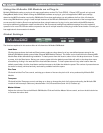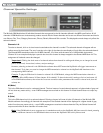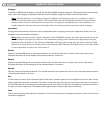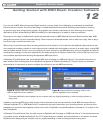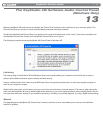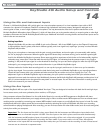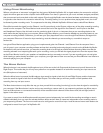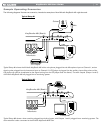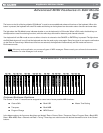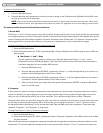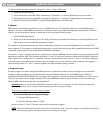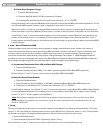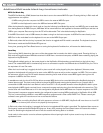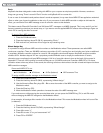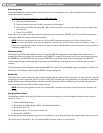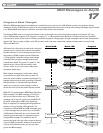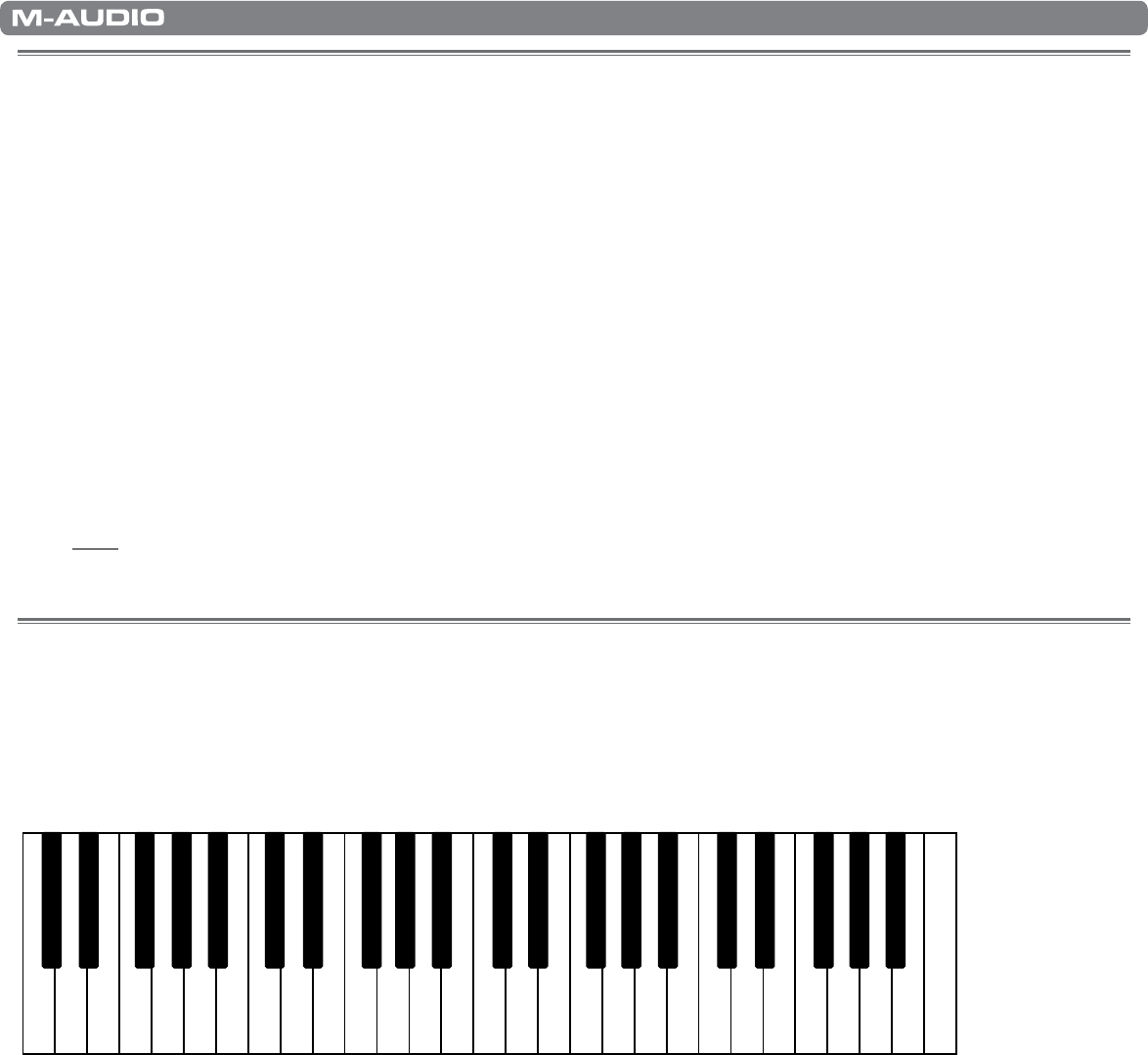
|
23
KeyStudio 49i User Guide
Advanced MIDI Features in Edit Mode
15
The button to the left of the keys labeled “Edit Mode” is used to access additional advanced functions of the keyboard. When this
button is pressed, the keyboard will enter Edit mode and the keys on the keyboard can be used to select functions and enter data.
The light above the Edit Mode button indicates whether or not the keyboard is in Edit mode. When in Edit mode, the black keys on
the keyboard are used for selecting functions, while the white keys are used for data entry and channel selection.
Your keyboard will exit Edit mode as soon as either a function is selected or the CANCEL or ENTER key is pressed. The light above
the Edit Mode button will turn off and the keyboard can then be used to play notes again. Some functions do not require confirmation
via the Enter or Cancel keys. When these functions are selected, the keyboard will automatically exit Edit mode and return to
Performance mode.
Note: Not every music application can process all types of MIDI messages. Please consult your software’s documentation
for information on what messages it can accept.
Advanced Functions in Edit Mode
16
#ANCEL
# $ & ' ! # $ & ' ! # $ & ' ! # $ & ' !
#H
#H
#H
#H
#H
#H
#H
#H
#H
#H
#H
#H
#H
#H
#H
#H
$EFAULT
%NTER
$ATA/CTAVE
$ATA4RANSPOSE
$ATA0ROGRAM
$ATA"ANK,3"
$ATA"ANK-3"
$ATA#HANNEL
$ATA4UNING
0ANIC
-)$)/UT
,OCAL
/CTAVE
/CTAVE
7HEEL!SSIGN
0EDAL!SSIGN
+NOB!SSIGN
4RANSPOSE
4RANSPOSE
0ROGRAM
"ANK,3"
"ANK-3"
Octave Buttons Options
The Octave “<” and “>” buttons can be assigned to control one of seven possible MIDI functions:
< Octave Shift
< Transpose
< Program Change
< Bank LSB
< Bank MSB
< MIDI Channel
< Master Tune Setting
In the diagram above, the first seven black keys are labeled “Data = Octave, Data = Transpose, Data = Program, Data = Bank LSB,
Data = Bank MSB, Data = Channel and Data = Tuning.” These keys are used to select the desired alternate function of the Octave
buttons.



